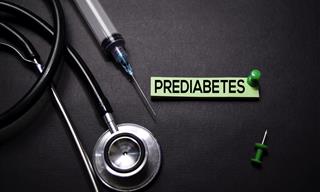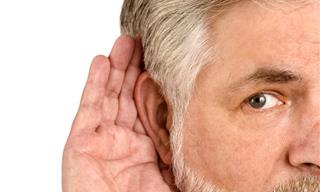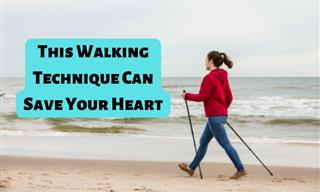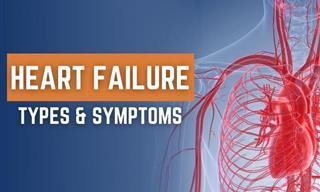What exactly is heart failure?
In the simplest terms, heart failure refers to the inability of the heart to pump blood efficiently enough to meet the demands of the body. This occurs when the lower heart chambers (the ventricles) cannot pump blood from and to the heart well enough for a variety of reasons.
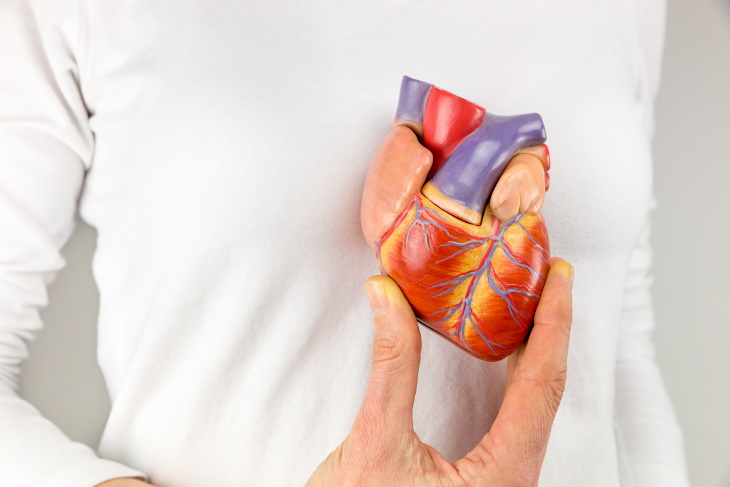
Depending on the ventricle that is affected, medical professionals distinguish between left-sided, right-sided, and biventricular heart failure - but more on these three types later. For now, let’s discuss just how common this condition is and who is more likely to get it.
According to the CDC, there are 6.2 million adults in the United States alone who suffer from heart failure. Most heart failure patients are over 40 years old, and the condition disproportionately affects seniors, affecting 10 percent of Americans who are 65 and older.
Heart failure can either be chronic (when the heart weakens gradually) or acute (when the condition develops rapidly). The condition is often the result of another underlying medical condition - from cardiovascular issues like cardiomyopathy, coronary heart disease, and high blood pressure to other health issues like diabetes and sleep apnea. Therefore, people who suffer from these conditions have a higher risk of developing heart failure.
Related Article: Signs That You Might Have a Dodgy Heart
Left-sided heart failure
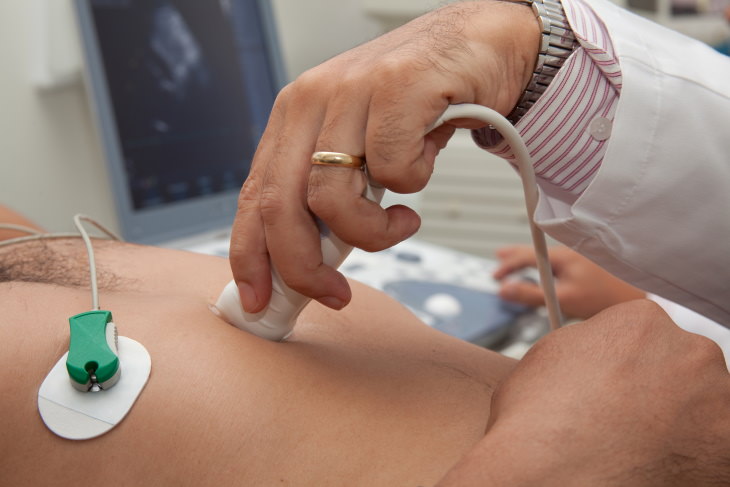
Left-sided heart failure is the most widely-diagnosed type. It occurs when the left ventricle malfunctions and fails to send enough oxygen-rich blood throughout the body. As a result, fluid builds up in the abdomen and patients may exhibit any of the following symptoms:
- Difficulty exercising
- Shortness of breath
- Fatigue
- Weakness
- Chest pain
- Irregular or fast heartbeat
- Edema.
When diagnosing heart failure, doctors will calculate the ejection fraction (EF) of your heart, which is a measurement that shows how well your heart pumps blood. Usually, an echocardiogram scan is performed to measure the EF. Depending on this figure, doctors will distinguish between two types of left-sided heart failure:
- Systolic heart failure occurs when the muscle of the left ventricle cannot contract properly and so it cannot push out enough blood. In this case, the EF will be below the norm.
- Diastolic heart failure is the opposite of systolic heart failure. In this case, the heart can contract well, but it has trouble relaxing and so the ventricle cannot fill up with enough blood. In patients with diastolic heart failure, the EF is within the norm, but the volume of blood pushed out during a contraction is lower.
In both systolic and diastolic left-sided heart failure, the left ventricle will need to work harder to sustain the needs of the body. If left untreated, left-sided heart failure can lead to right-sided heart failure, which is what we will discuss onwards.
Right-sided heart failure

The right ventricle’s job is to pump oxygen-depleted blood to the lungs. Right-sided heart failure on its own is relatively rare but possible nonetheless. Since the right ventricle and the lungs are linked by the pulmonary artery, lung diseases like pulmonary hypertension or chronic obstructive pulmonary disease (COPD) can lead to right-sided heart failure.
As a result, fluid accumulates in the legs, ankles, and possibly in the abdomen. This can lead to similar symptoms to those of left-sided heart failure but they are often more pronounced and severe. Such symptoms include:
- Swelling in the abdomen, chest, and legs, including the thighs Shortness of breath even with minimal activity (like walking short distances)
- Enlarged and painful liver
- Confusion
- Fatigue.
Related Article: What Every Woman Should Know About Heart Failure
Biventricular heart failure
When the left ventricle malfunctions, the body tries to balance it out by putting more pressure on the right ventricle. Ultimately, this will damage the right ventricle and lead to right-sided heart failure.
Thus, when heart failure is detected in both ventricles, it is called biventricular heart failure. This type of heart failure is rather advanced and requires frequent medical care. The symptoms of biventricular heart failure are similar to those of right-sided heart failure.
Congestive heart failure (CHF)
When left untreated, heart failure can evolve into a condition called congestive heart failure (CHF), which is a severe and often life-threatening disease that develops when blood pools in various parts of the body, including the heart itself.

The terms ‘congestive heart failure and ‘heart failure’ are often used interchangeably. Yet, unlike the other types of heart failure discussed on this list, congestive heart failure can co-occur with any other type of heart failure, as it often does. The distinguishing feature of congestive heart failure is the accumulation of fluid in the heart. This excess liquid causes congestion and edema (swelling) of the tissues and can severely damage the lungs, liver, and kidneys.
The symptoms of CHF
At first, CHF may not have apparent symptoms. But over time, you may notice symptoms like edema, frequent urination at night, and fatigue. When CHF develops further, patients begin experiencing severe symptoms, such as:
- An irregular heartbeat
- Shortness of breath (especially when lying down)
- Coughing and wheezing from fluid buildup in the lungs
- Chest pain
- Rapid breathing
- Blue skin and lips
- Loss of consciousness.
Patients who experience any severe symptoms must seek urgent medical care.
Heart failure - outlook and complications
Heart failure cannot be cured, but it can often be well managed with medications, lifestyle changes, and other medical procedures. The earlier you get diagnosed with heart failure, the higher your life expectancy. Research showed that patients diagnosed prior to the age of 50 are more likely to live around 20 years post-diagnosis.
Sadly, the outlook for other patients diagnosed with heart failure is often very poor. With some types, such as congenital heart failure, over half of the diagnosed individuals pass away within 5 years after the initial diagnosis.
Moreover, heart failure increases one’s risk of other life-threatening conditions, such as strokes, thromboembolism, and heart attack. For this reason, early detection and treatment of heart failure are both so crucial.
Last but not least, take note of the following symptoms if you or a family member has heart failure. If you notice them, seek emergency medical help immediately:
- Tightness or pain in the chest
- Numbness, coldness, or any other discomfort in the torso
- Dizziness to the point of vomiting or nausea
- Confusion
- Cold sweats
- Extreme fatigue.
Please share this article with family and friends
H/T: Very Well Health, American Heart Association, Healthline
 Go to BabaMail
Go to BabaMail




































